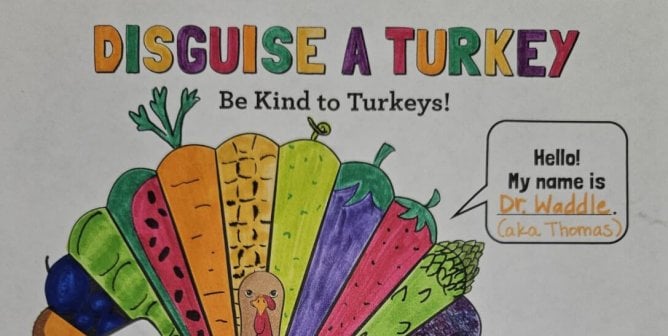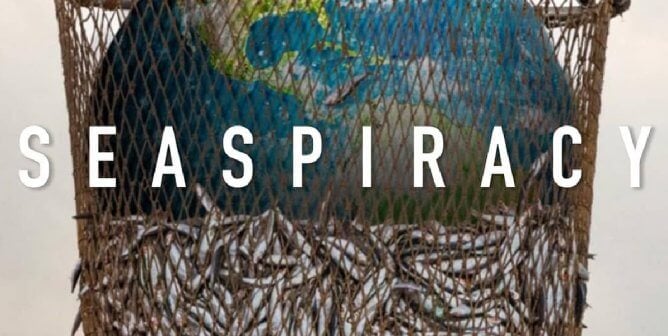Sea Life, Not Seafood: Lessons on ‘A Fish’s Life’
Here at TeachKind, April is Sea Life, Not Seafood Month—an occasion to celebrate the complex and interesting lives of fish with your students. Throughout the month, we’ll be offering lessons, activities, and other resources that can aid you in teaching your students how fascinating fish are and help them understand that fish deserve our consideration.
Fish are smart, social animals with their own unique personalities—and just like dogs, cats, and humans, they feel pain. The following activities are centered around TeachKind’s A Fish’s Life comic book, which illustrates fish’s ability to suffer and feel pain and helps students see things from the perspective of aquatic animals. You can download the full-color comic here and project it in your classroom or print out your own copies.
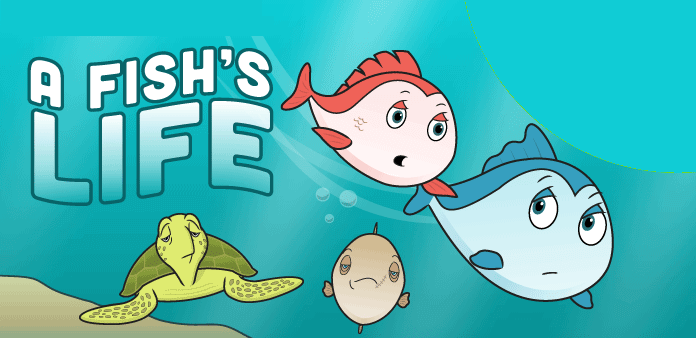
Fish: Fact vs. Opinion
Many students already know something about fish or at least have certain beliefs about them and the ways in which they’re similar to or different from other animals—some may even have “pet” fish at home. Before reading A Fish’s Life, gauge your students’ familiarity with these animals and review some facts about them by creating an anchor chart that separates ideas into facts and opinions.
Begin by drawing a large anchor chart on the board, labeling one side “Facts” and the other side “Opinions.” Explain the difference between a fact and an opinion. (Facts are statements that are objectively truthful, while opinions are statements based on subjective feelings or beliefs and not necessary truthful.)
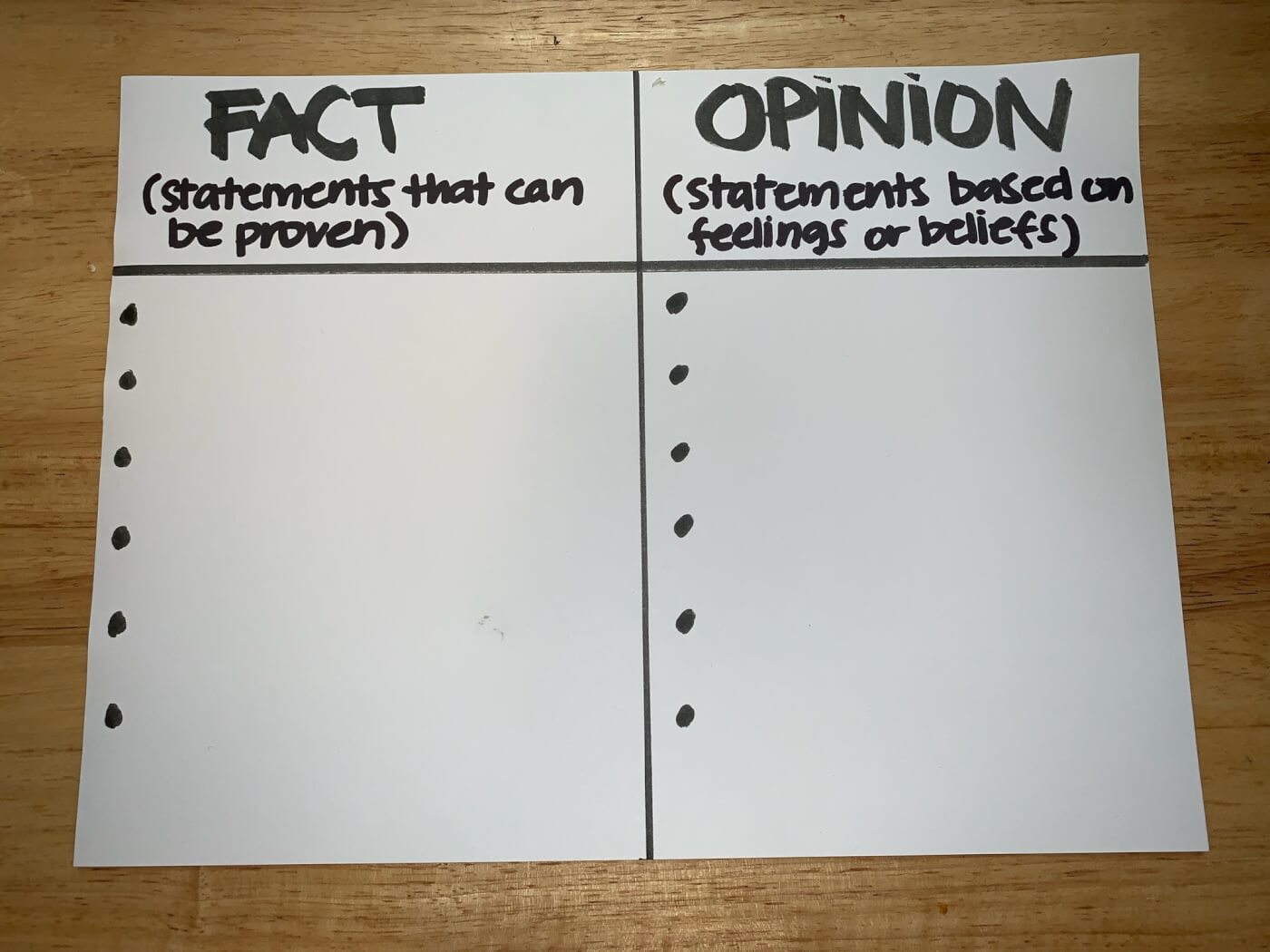
Start this activity by asking students to raise their hands and share everything they know or believe about fish. On the board next to the anchor chart, make a list of all the responses.
Now, read aloud the following text about fish (which can also be found here on PETAKids.com):
Like the cats and dogs you share your home with, fish have their own unique personalities. Just as we use our hands, fish use their mouths to gather food and build nests. They talk to each other with squeaks and squeals, and some have even learned how to garden, growing only the plants they like to eat best.
There are loads of interesting facts about fish, but the most important one is this: Fish are friends, not food!
Imagine that you’re out for a fun swim with your friends, and all of a sudden you’re caught up in a net and dragged through the water, terrified. This is what it’s like for fish who are caught in nets used by the commercial fishing industry. The nets not only capture fish but also turtles, dolphins, and any other sea animals. This industry causes these animals to suffer and also hurts the fragile oceans.
Think fishing in your local lake is any better? Think again! Fish have sensitive mouths and are able to feel pain and suffer, just like us. When fish are caught with a hook, they struggle to get away, often tearing their mouths even more as the frightened animals try to escape.
Can you imagine how awful drowning would feel? That’s exactly how fish feel when they’re taken out of water—they suffocate on land just as you would drown underwater, and it’s a very scary (and deadly) experience for them.
Anyone who takes a minute to learn about fish will see that they’re intelligent, interesting animals who have a right to live free, just as we do.
Once you’ve read the passage aloud, have students identify facts about fish from the text. Add these to the “Facts” section of the anchor chart. Next, revisit the statements that students gave about fish prior to the reading. Go through the list and have students decide whether each point should go in the “Facts” section or the “Opinions” section. Have them discuss their reasons.
Fishing: Cause and Effect
For the following activity, students should be familiar with A Fish’s Life. Have them read it individually, or read it aloud to the class while displaying the images.
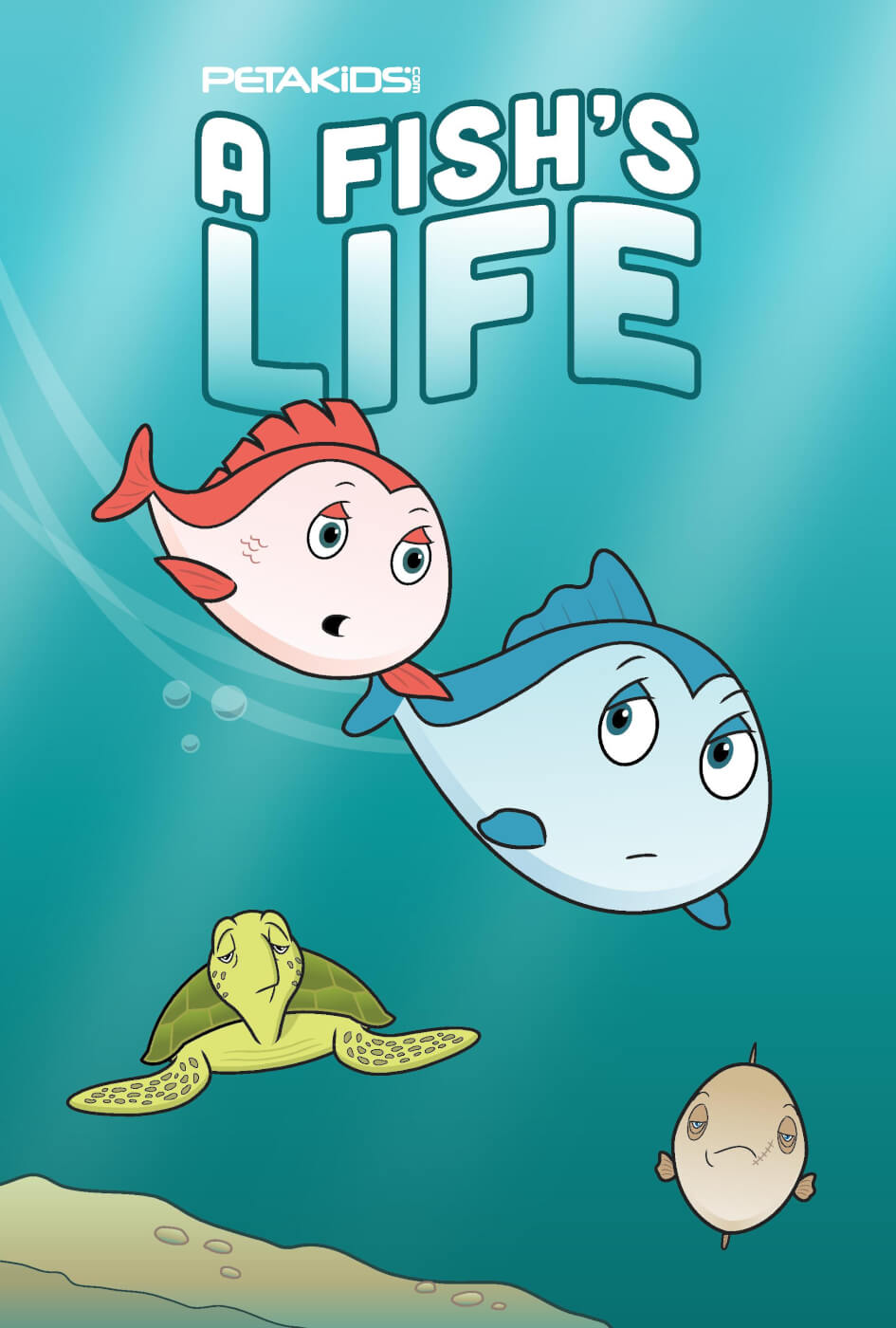
Afterward, explain that everything we do and every choice we make has an effect on other things—and in many cases, on other living beings—in the world and that because our beliefs influence our actions, they, too, affect others.
Display a list of the causes shown below and have your students write an effect associated with each cause, based on the information given in A Fish’s Life. We’ve given some possible answers. Students should also explain whether each effect is positive or negative for fish and provide details to support their view.
- Cause: Large fishing nets are used to catch many fish at once.
Effect: __________________________________________________________________.
(Possible answer: Many fish die fighting to escape from the nets or on the deck of a boat because they can’t breathe.)
Is the effect positive or negative for fish? Explain: ________________________________________________________________.
- Cause: People use hooks to catch fish and yank them out of the water.
Effect: ________________________________________________________________.
(Possible answer: Hooks tear through fish’s sensitive mouths, leaving them injured.)
Is the effect positive or negative for fish? Explain: ________________________________________________________________.
- Cause: Some people throw fish back into the water after catching them, and their hands touch the slime covering the animals’ sensitive skin.
Effect: ________________________________________________________________.
(Possible answer: The slimy covering that protects fish from getting sick is damaged when they’re handled by humans.)
Is the effect positive or negative for fish? Explain: ________________________________________________________________.
- Cause: Some people mistakenly believe that fish can’t feel pain.
Effect: ________________________________________________________________.
(Possible answer: Some people decide to catch and eat fish because they don’t know it causes the animals to suffer.)
Is the effect positive or negative for fish? Explain: ________________________________________________________________.
- Cause: More and more kind kids understand that fish have feelings, just like other animals.
Effect: ________________________________________________________________.
(Possible answer: People are choosing to stop yanking fish out of their homes in the water and to stop eating them.)
Is the effect positive or negative for fish? Explain: ________________________________________________________________.
Comprehension Questions
After reading A Fish’s Life and examining the causes and effects of various types of behavior and beliefs from the text, have students write out their answers to the following reading comprehension questions:
- Billions of fish are caught and yanked out of their homes in the ocean every year. What are the reasons for this?
- In A Fish’s Life, what does Jack tell Tim and Abby that helps them to change their minds about fishing and see fish as individuals who deserve to live?
- Do you think fishing is a form of bullying? Why or why not?
- Describe two things that kids can do to help fish.
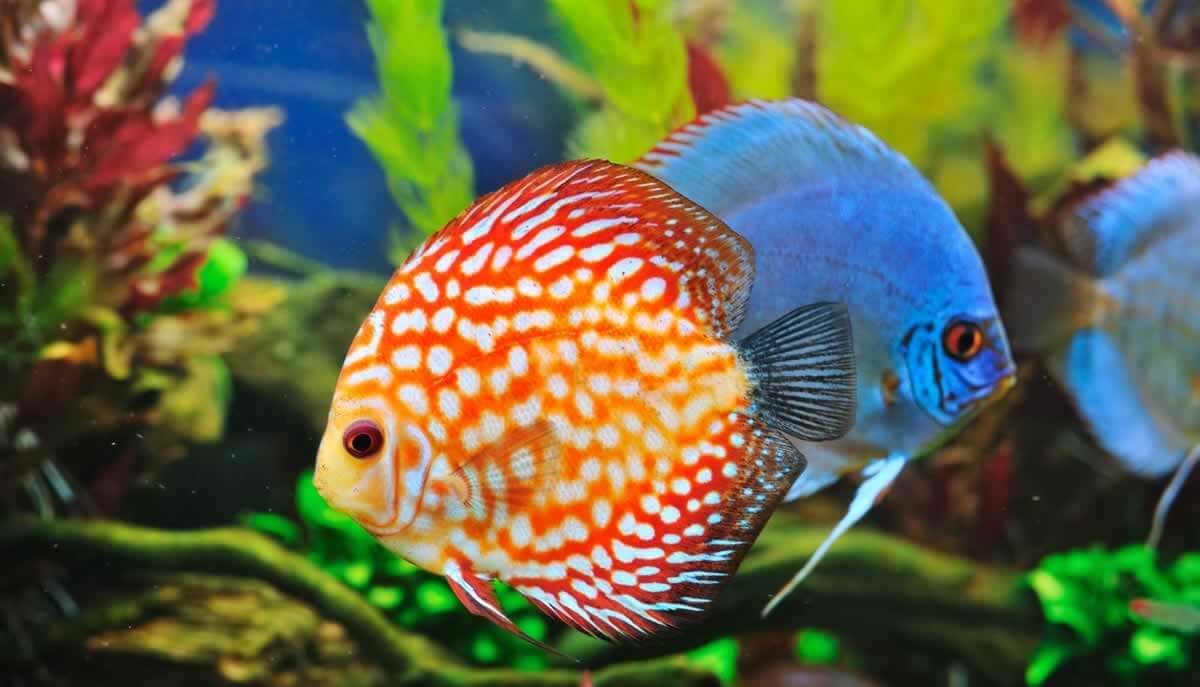
Fish Fact Suncatcher Craft
Wrap up this set of lessons with a fun, simple craft activity that will get students thinking about fish and how amazing and interesting they are.
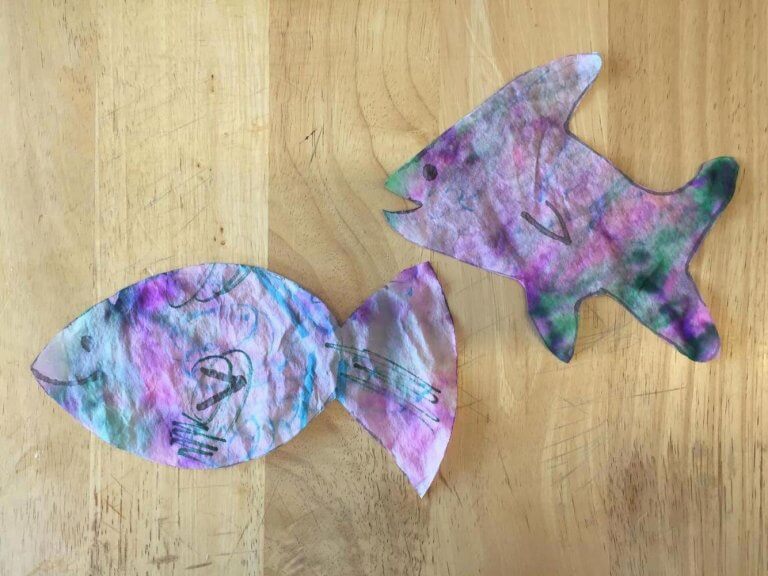
Begin by sharing the following fish facts with your students:
- Fish never close their eyes.
- Some fish hide their babies inside their mouths. At the first sign of danger, they open their mouths and let their babies swim inside!
- Fish use their mouths to do many things that people do with their hands: collect food, build homes, and take care of their babies.
- Some father fish carry the eggs that contain their babies in their mouths until they hatch!
- When porcupinefish are confronted by danger, they gulp water and inflate up to 2 feet across, and sharp needles pop out to frighten off predators.
- Spotted boxfish release poisonous mucus when they’re captured by other fish, causing predators to spit them out because of the bad taste!
- Tuna can swim more than 100 miles a day—with a top speed of 40 miles per hour.
- Fish who want to be cleaned swim to “cleaning stations,” where they wait in line for special “cleaner fish” to do the job. The small cleaner fish remove and eat parasites and other material from the larger fish’s skin. In exchange, the larger fish let the cleaner fish swim into their mouths and eat food particles stuck in their teeth.
- Fish have been around for more than 480 million years.
- Fish have very sharp vision. They can also smell, touch, feel, and taste—just like us. Plus, they can sense light, chemicals, vibrations, and electricity.
Talk about these fascinating facts as a class, and ask students to share their thoughts on the ones that surprised or amazed them. Discuss some qualities that fish share with humans as well as skills or abilities that fish have but humans do not.
After reviewing and discussing these points, it’s time to create beautiful tie-dye suncatchers, complete with students’ favorite fascinating fish facts!
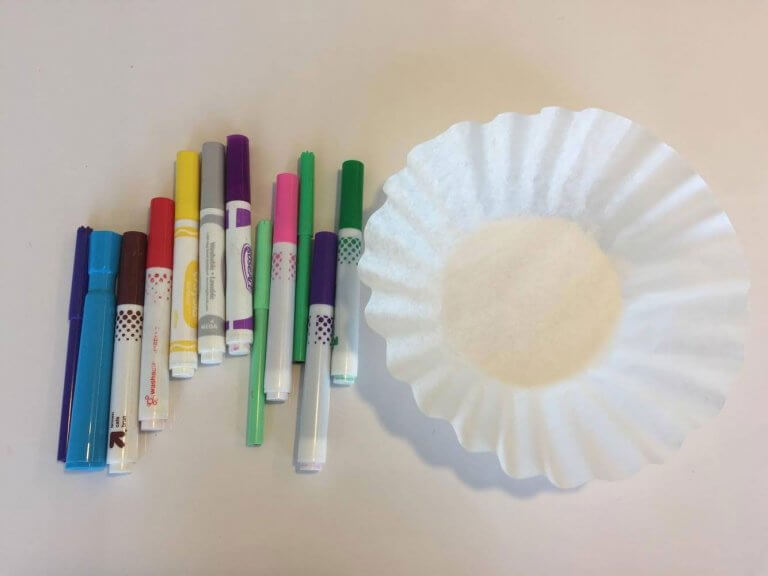
Here’s what you’ll need:
- 1 paper coffee filter for each student
- 1 sheet aluminum foil (a little bigger than the coffee filter) for each student
- Washable craft markers
- Paintbrushes
- Scissors
Each coffee filter should be laid out flat on an aluminum foil sheet. Have students color their coffee filter any way they’d like using light-colored markers—perhaps adding stripes, polka dots, or scribbles.
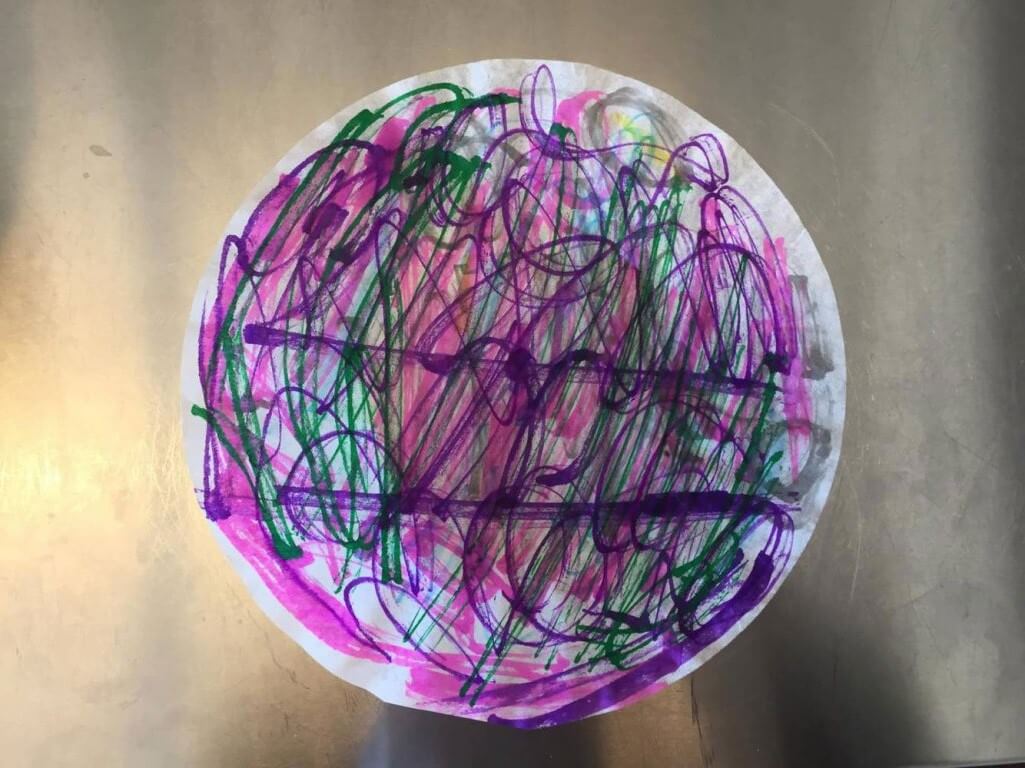
Next, have them rub a wet paintbrush all over their coffee filter. This will make the ink bleed and create a beautiful tie-dye effect. Then, place the filters in the sun to dry with the pieces of foil still under them—or to speed up the process, dry them using a hairdryer.
Once the filters are dry, have students trace a large fish shape onto their coffee filter and cut it out. Then, have each of them use a black marker to write their favorite new fact about fish on their own suncatcher. Hang all your students’ creations in the window of your classroom. If you don’t have a window (or don’t have enough space in the window for all the fish), you can pin or hang them in a “school” of fish facts on the wall to remind everyone that fish are friends, not food.
*****
Stay in the loop throughout Sea Life, Not Seafood Month with the new resources that we’ll be offering weekly! Sign up for TeachKind’s free e-mails today:
By submitting this form, you’re acknowledging that you have read and agree to our privacy policy and agree to receive e-mails from us.

